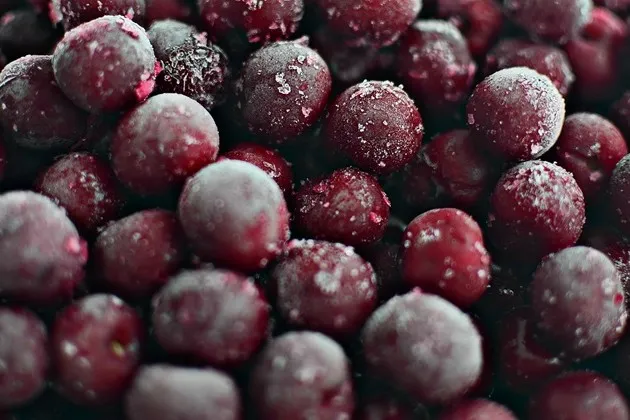FRUIT LUXURY COMPANY S.L. is a family-owned company located in Albalate de Cinca (Huesca, Spain) whose production is mainly based on the cultivation of cherry trees, spread over 40 hectares and, recently, fig trees with about 20 hectares.
Six hectares of cherry trees are cultivated in greenhouses, with the aim of anticipating production and protecting them from bad weather such as rain, hail or wind.
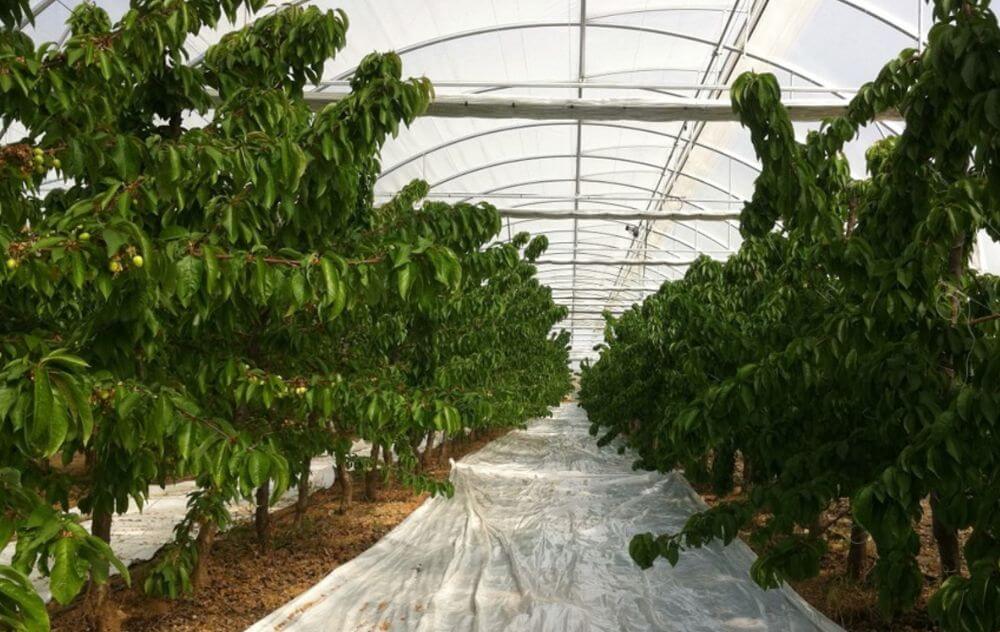
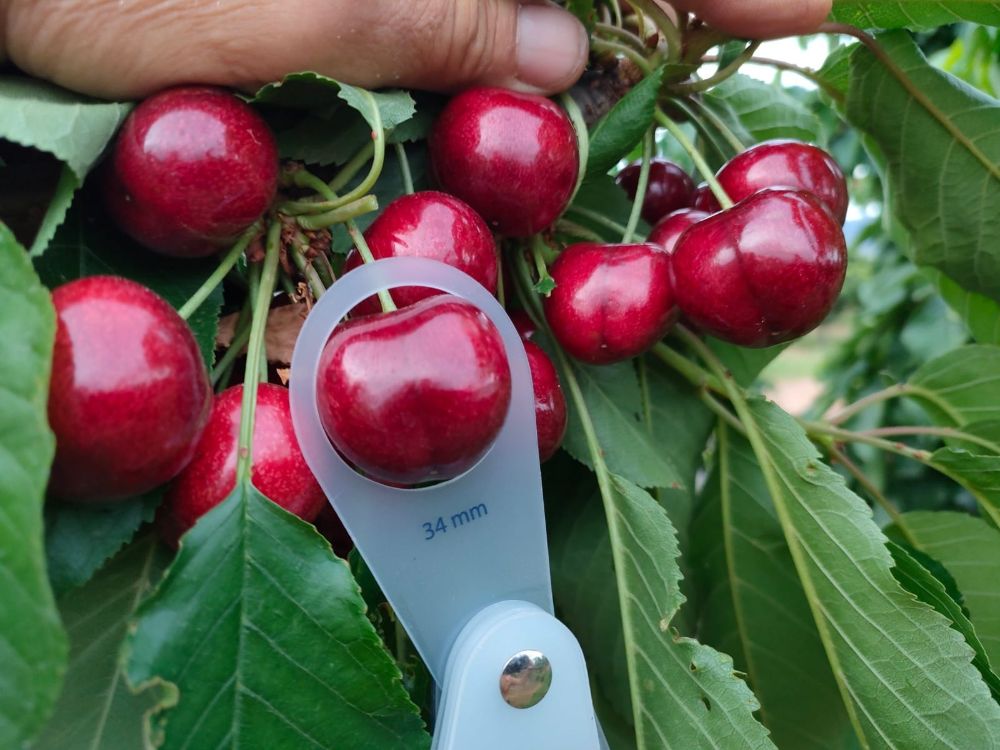
Initially, the project was started for the forced production of cherries with heating, bringing production forward by about 45 days to the normal harvest date. In the heated greenhouses, the harvest started at the beginning of April. Today, due to changed weather conditions and especially the lack of cold spells experienced in recent winters, it has been decided to work without heating. This brings the harvest forward by only 20 days compared to the normal date in the open field, with the harvest starting at the end of April.
Although new varieties are continually being tested in the greenhouse, such as Sweet Aryana, Sweet Lorenz or Red Pacific, 80% of the varieties grown in the greenhouse are still Brooks and Prime Giant, since at least four or five years of experimentation are needed to know how a variety adapts to greenhouse conditions.

As far as field production is concerned, considering that a large part of the production is destined for large-scale distribution, both national and European, our company has based its strategy on the search for varieties and breeding systems that allow mechanisation, so as to be as efficient as possible in all cultivation activities and, consequently, reduce production costs.
Thus, on the one hand, 80% of the currently cultivated varieties are self-fertile, such as Sweet Aryana, Red Pacific, Frisco, Santina or Skeena. This allows us to carry out mechanised flower thinning, with the security of not depending 100% on good pollination, unlike with self-fertile varieties, where if you remove some of the flowers through flower thinning, you can get a poor crop as a result of poor pollination and fruit set.
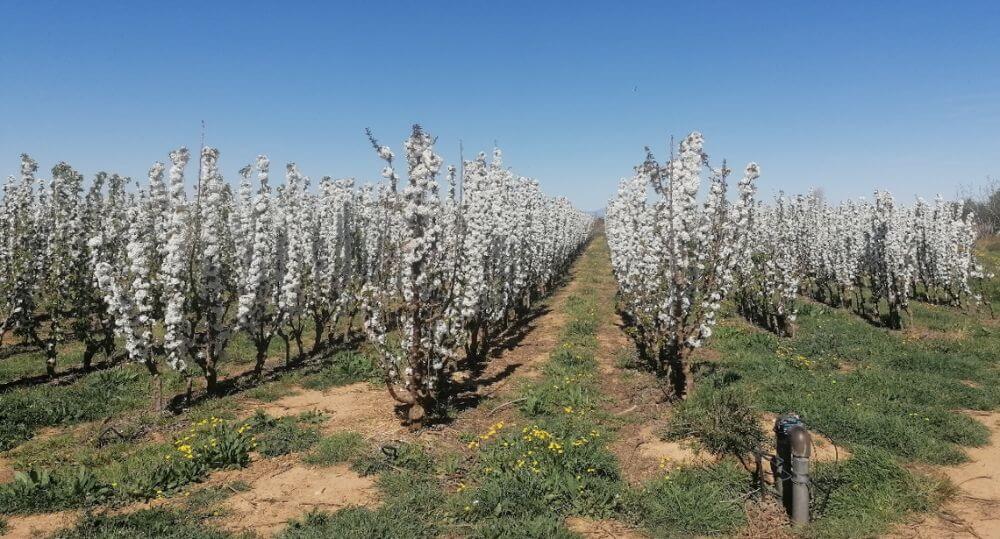

With regard to the rootstocks used, in most cases we work with Adara and Maryland, which guarantee lower mortality than the rootstock traditionally used, Santa Lucia 64, especially when working on replants.
On the other hand, we are creating 2D training systems, or even correcting 3D training systems and directing them through pruning towards forms that are as close as possible to 2D systems. This allows us to use mechanical pruning and mechanised flower thinning more easily.
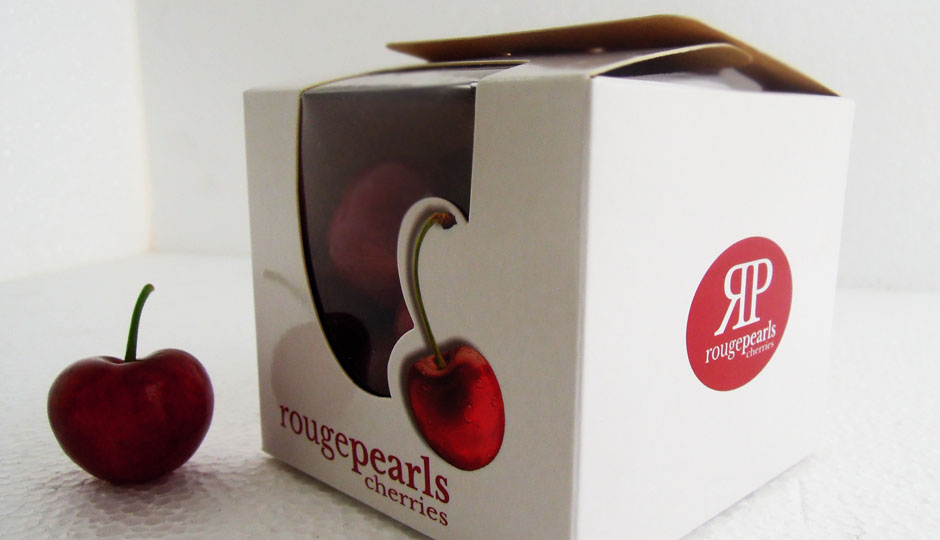
Within these 2D systems, an attempt has been made to intensify planting as much as possible, with planting distances of 4m x 2m (1250 trees/ha), 3m x 1m (3333 trees/ha) up to the most recent plantings of 2m x 0.5m (10,000 trees/ha), all with a maximum height of 2.2 metres, with the aim of not using ladders for harvesting and making this activity as efficient as possible.
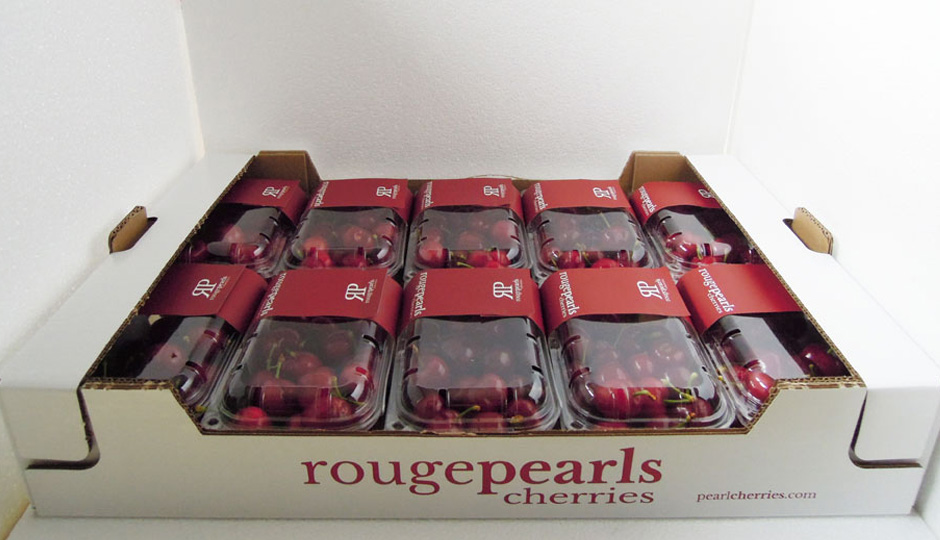
Despite this progressive intensification over the last few years with different training systems, for future plantations we are again evaluating the idea of returning to a Spanish pot, albeit slightly modified and bred with the idea of creating a homogeneous wall, as we believe that this system, if well managed, will allow us not to depend on brachy regulators to control growth and to be able to carry out vigour control based solely on green pruning, which is really difficult in the current super-intensive systems with dwarfing rootstocks. Moreover, the dwarfing rootstocks we tried were not satisfactorily adapted to our soil and climate conditions.
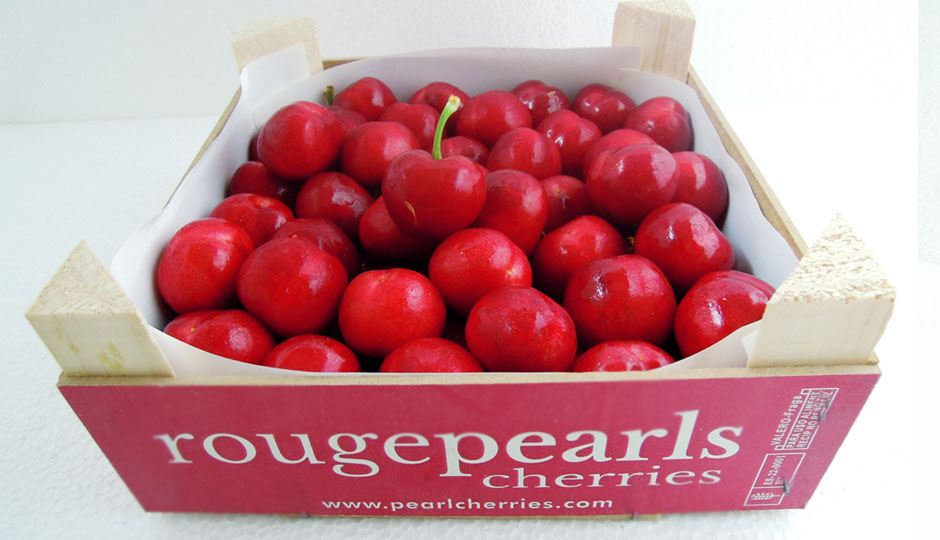
Javier de Pablo Camarasa - Fruit Luxury
Cherry Times - All rights reserved











